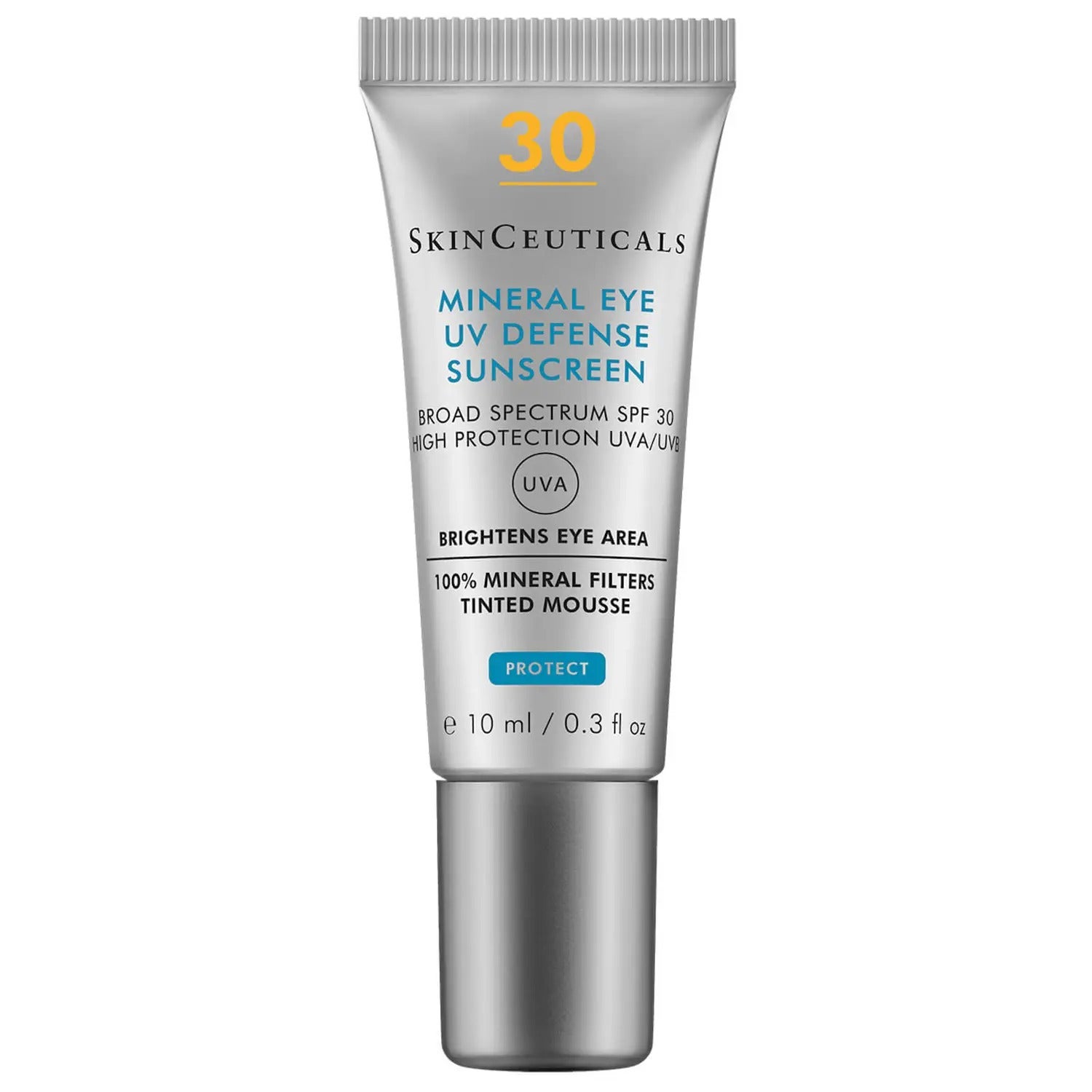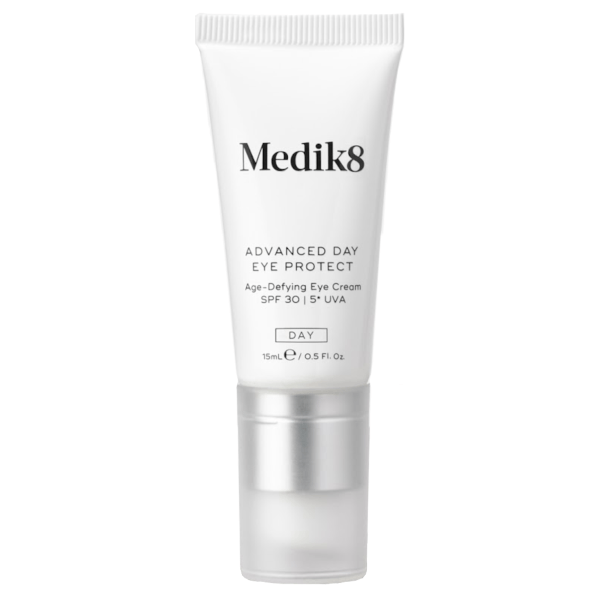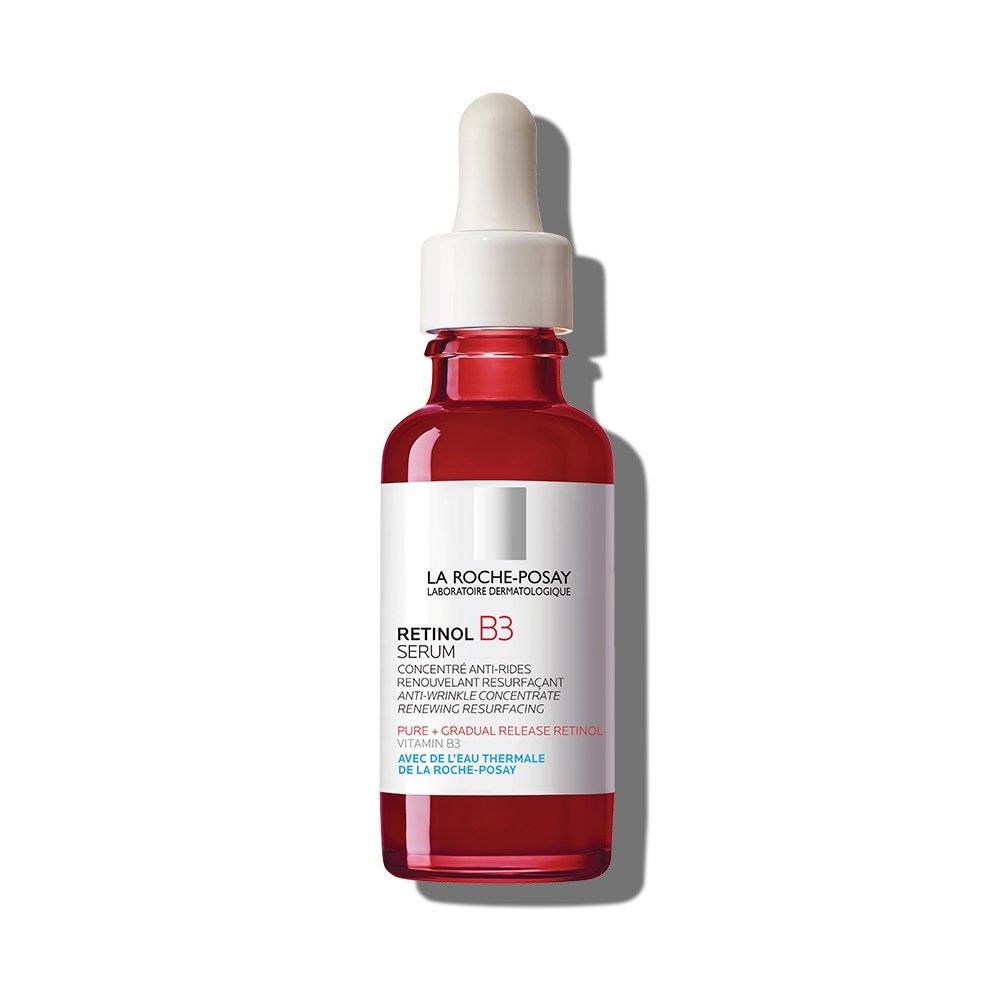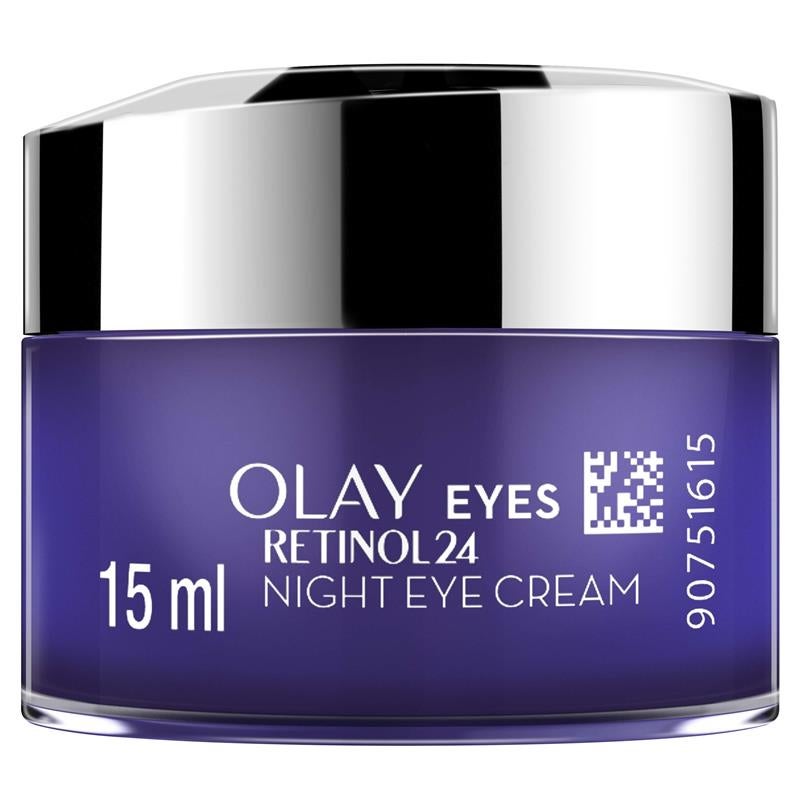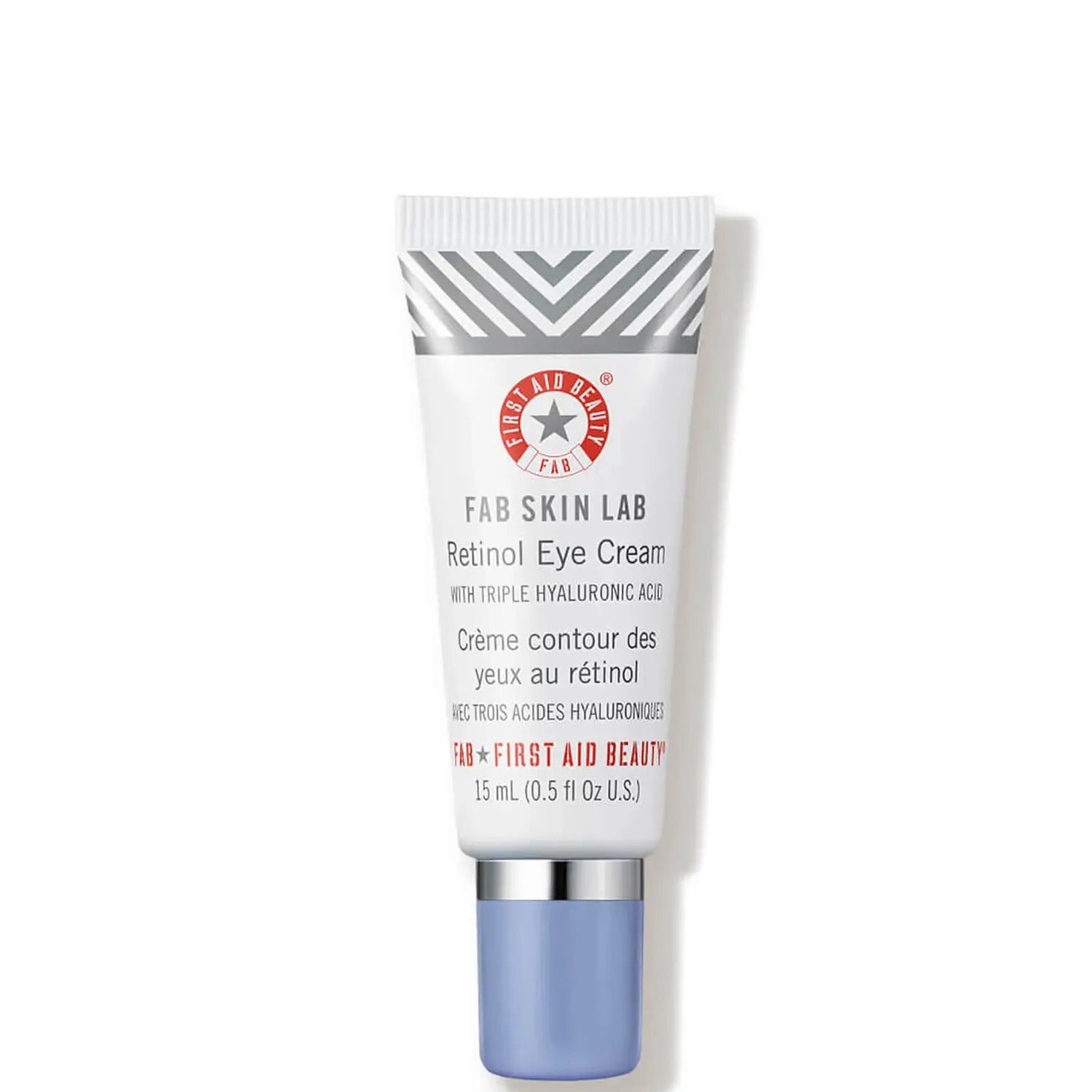At Refinery29 Australia, we’re here to help you navigate this overwhelming world of stuff. All of our picks are independently selected and curated by the editorial team, but we may earn commission or other compensation from the links on this page.
Jelly rolls, crow's feet, laughter lines... Whatever you call them, wrinkles around the eye area are part and parcel of growing older. Though there's absolutely nothing wrong with them, fine lines and wrinkles are a point of insecurity for many — and often a hot topic of conversation among dermatologists and their clients. One such expert is consultant dermatologist Dr Anjali Mahto.
AdvertisementADVERTISEMENT
If you're following Dr Mahto on Instagram, you'll know that she is a font of skincare knowledge, so it's no wonder her weekly Instagram lives attract thousands of pairs of eyes at a time. In a recent video, one of her followers asked a very popular question: how do you prevent and get rid of wrinkles under and around the eyes. Dr Mahto had some great advice, of course. Even better? The tips are easy enough to DIY.
"There's a couple of things you can do for that at home," said Dr Mahto. "It starts with getting your basics right, i.e. your morning and evening skincare routine." Before we get into the nitty-gritty, though, it goes without saying that we're pro-ageing at Refinery29 — as is Dr Mahto. She believes that ageing is a privilege and encourages her clients and followers to embrace "good ageing". Whether you're keen to love your fine lines or you're into the idea of Botox, filler and preventative skincare, it's a personal choice — and this is an entirely judgement-free zone. If you're in the latter camp, though, read ahead.
Apply SPF to your eye area to prevent fine lines and wrinkles
Research shows that many of us are not sufficiently covering our eyelid region when applying sunscreen. This isn't good news, especially as Dr Mahto explained that 80% of skin ageing occurs directly because of sun exposure. "What I would think about in your morning routine to reduce lines and creases underneath the eye is making sure that you are applying your sunscreen right up to your lower eyelids so that you aren't getting collagen breakdown at an early age," said Dr Mahto. Go as close as possible and try not to get any product in your eye. As a rule of thumb, Dr Mahto suggests a sunscreen with a factor of 30 or 50.
AdvertisementADVERTISEMENT
Do you need a sunscreen formulated specifically for the eyes? "You don't need a separate SPF around the eye area, but I'm going to caveat that," said Dr Mahto. "A lot of people do find that if you're using a regular chemical sunscreen and you're using it on the eye area, it can cause a bit of burning and stinging." To counteract any irritation, Dr Mahto suggested that a mineral sunscreen may be better than a chemical one. A quick tip to help you work out which is which: chemical sunscreens are typically less thick and often translucent whereas mineral sunscreens may be thicker in texture and list zinc oxide and/or titanium dioxide in the ingredients list. (You can also check our our guide on the difference between mineral and chemical sunscreen if you want to know more.)
"If you can use your chemical sunscreen under the eye area without any issues, it doesn't matter," added Dr Mahto, "and you're good using one product for the full face. But if your skin is sensitive, you might want to use a mineral product instead which is specifically devised for the eye area." She recommends SkinCeuticals Mineral Eye UV Defense SPF 30, $72.74, while R29 rates Medik8 Advanced Day Eye Protect, $84. Ensure you're applying your SPF generously onto your upper and lower lids and around the eye area each morning.
AdvertisementADVERTISEMENT
Use a retinol cream or serum to minimise under-eye wrinkles
Ah, retinol. It's the one ingredient proven to minimise the appearance of fine lines and wrinkles over time, which is exactly why dermatologists like Dr Mahto recommend it for use around the eye area. "It's worth including a retinol in your nighttime skincare routine," Dr Mahto said. "So not only are you preventing collagen loss in the morning [by using SPF] but in the evening you're trying to boost collagen production around that area."
If you've used retinol before, you'll know that it can make skin quite sensitive and potentially sore and flaky if overused. The skin around your eyes is very thin and delicate so it pays to start slowly. Try incorporating a very gentle retinol product into your evening routine, such as Olay Retinol24 Night Eye Cream With Retinol & Vitamin B3, $29.99, which is very moisturising. You might also like First Aid Beauty's Skin Lab Retinol Eye Cream, $72, which is nice and hydrating.
If you don't want to use too many things, you don't have to buy a separate retinol eye cream. A regular retinol serum or moisturiser will do. Try La Roche-Posay's Redermic [R] Anti-Wrinkle Retinol Treatment, $41.99, or L'Oréal Paris Revitalift Anti-Wrinkle + Firming Pro Retinol Night Cream, $19.99, if you're on a budget.
AdvertisementADVERTISEMENT
These two tips go hand in hand. If you're using retinol in the evening, it's a good idea to wear SPF in the morning as retinol can make skin sensitive to sunlight and exacerbate fine lines. Dr Mahto suggests practising these DIY tricks consistently for 12 weeks. If after 12 weeks you're not seeing enough of an improvement, she suggests it might be worth looking into the following clinic treatments.
Book a microneedling treatment for your under-eyes
"Other options can include doing a little bit of microneedling underneath the eye to help boost collagen," said Dr Mahto. The treatment involves moving a needle-embedded tool across the face, which creates tiny wounds in the skin. As the wounds heal they stimulate the production of new collagen in the skin, making it appear plump and smooth. It's incredibly important to find a trusted practitioner rather than to attempt microneedling at home — especially around your very delicate eye area. Dangerous and painful side effects of DIY microneedling can include rashes, infection and scarring, so it's best left to a professional.
Use Botox to prevent under-eye wrinkles
When it comes to under-eye creases, you can put a little bit of Botox here, too, said Dr Mahto. She suggested very small units (perhaps a half to one unit) in a few places, which she said can slightly open up the eye area and reduce the appearance of creases. Your chosen injector will discuss the best option for you during a consultation (a must before any procedure). Here are some more tips to ensure you're safe during a cosmetic procedure.
Clinic treatments may be beneficial but Dr Mahto concluded that before investing in them, it's a good option to try these at-home hacks first, as treatments will need topping up every three months or so and can be expensive over time.
Want more? Get Refinery29 Australia’s best stories delivered to your inbox each week. Sign up here!
AdvertisementADVERTISEMENT







